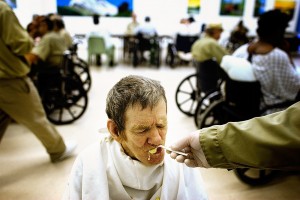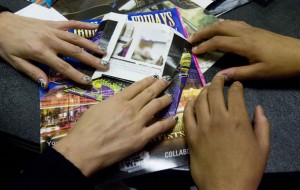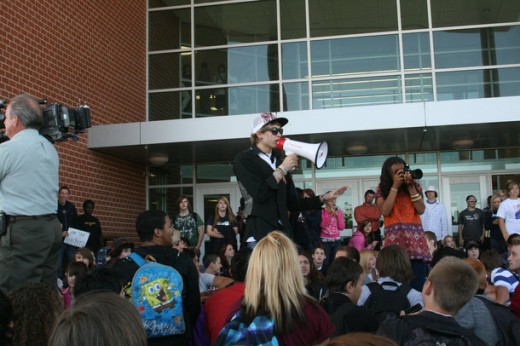Making Institutional Violence Visible: Chicago Girls in the Sex Trades Lead the Way
A few years ago, I was a board member for a local organization that is led by young women who trade sex for money and survival needs. I learned a lot from that experience and I continue to educate myself about the experiences of girls in the sex trade and street economies.
I am moved to write about girls in the sex trade today because I have been following some of the discussion that has been engendered by the publication of Rachel Lloyd’s new book “Girls Like Us” and the subsequent article published by Rinku Sen in Colorlines.
An affiliate of INCITE! Women of Color against Violence has responded to the Colorlines article with a statement written by those most directly impacted by the sex trades. Here is a key excerpt from that statement:
Like Sen, we oppose and resist any and all forms of violence, including but not limited to: coercion, extortion, violence by police and other law enforcement agents, structural economic, gender- and sexuality-based violence, and racial violence against all people, including people in the sex trades. Such violence also includes the denial of affordable housing, health care, and access to living wage employment[emphasis mine]. We also challenge those in both the anti-trafficking and sex workers’ rights movements who claim to speak on our behalf, and those who use our lives and experiences to advance their own agendas without recognizing our leadership.
Here is another important passage from the statement:
We know that each of our experiences of the sex trades are unique, and there are no one-size fits all solutions. We are members of families and communities struggling to survive and make the best possible choices given the options available to us. For many of us, the truth about the sex trade is somewhere between a completely empowered experience of the sex trade, which requires only decriminalization to eliminate harms, and a completely harmful experience of the sex trade which negatively presumes all of us to be victims in need of “rescue.”
I so appreciate the fact that the authors of the statement fully embrace the complexities inherent in the experiences of young people in the sex trades and street economies. I too am very wary of the new push to create more laws governing “trafficking” that have become popular of late. I have been concerned that these laws further criminalize girls in the sex trades rather than doing the opposite as supporters of such efforts often contend. The INCITE! statement brilliantly articulates the pitfalls of such laws.
The girls from the Young Women's Empowerment Project continue to teach me so much about the real life impacts of institutional violence in all of our lives. I am proud to be an ally to these young women. I would like to share a project that YWEP has embarked on over the past few months called the “Bad Encounter Line.” Because they wanted to document specific examples of how girls in the sex trades experience institutional violence, YWEP set up a phone line to collect stories from their peers. YWEP defines a “bad encounter” as a “negative experience with institutions or systems, such as the Department of Children and Family Services (DCFS), health care, police, hospitals, schools, or any other institution.”
They have since created two zines highlighting some of the stories that they have documented. In their own words, they explain:
“After collecting bad encounters we have decided to put the data we have collected into zine form to give back to youth to keep them informed about avoiding violence or hard experiences.”
Below are a couple of examples of bad encounters from the first edition of the BEL zine:
Shelters: At a shelter on the north side asked for residents to deposit money from their paychecks to save up for future apartments. Later when the residents tried to move and asked for their money back, we found out that the money was never deposited and was being embezzled by the caseworker.
Police: A police officer was going to arrest me in exchange for not being arrested, he asked for oral sex. I did, but after he arrested me anyway for prostitution.
You can download the first edition of the BEL zine here to read more bad encounters that YWEP has documented.
In addition, keep your eyes and ears open this summer for the release of YWEP’s occasional paper that will be published by the Chicago Taskforce on Violence against Girls and Young Women which I am proud to have co-founded with my friend Melissa Spatz.




